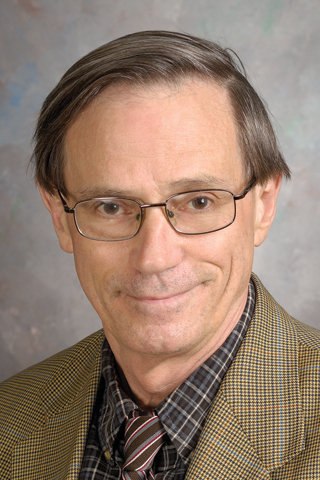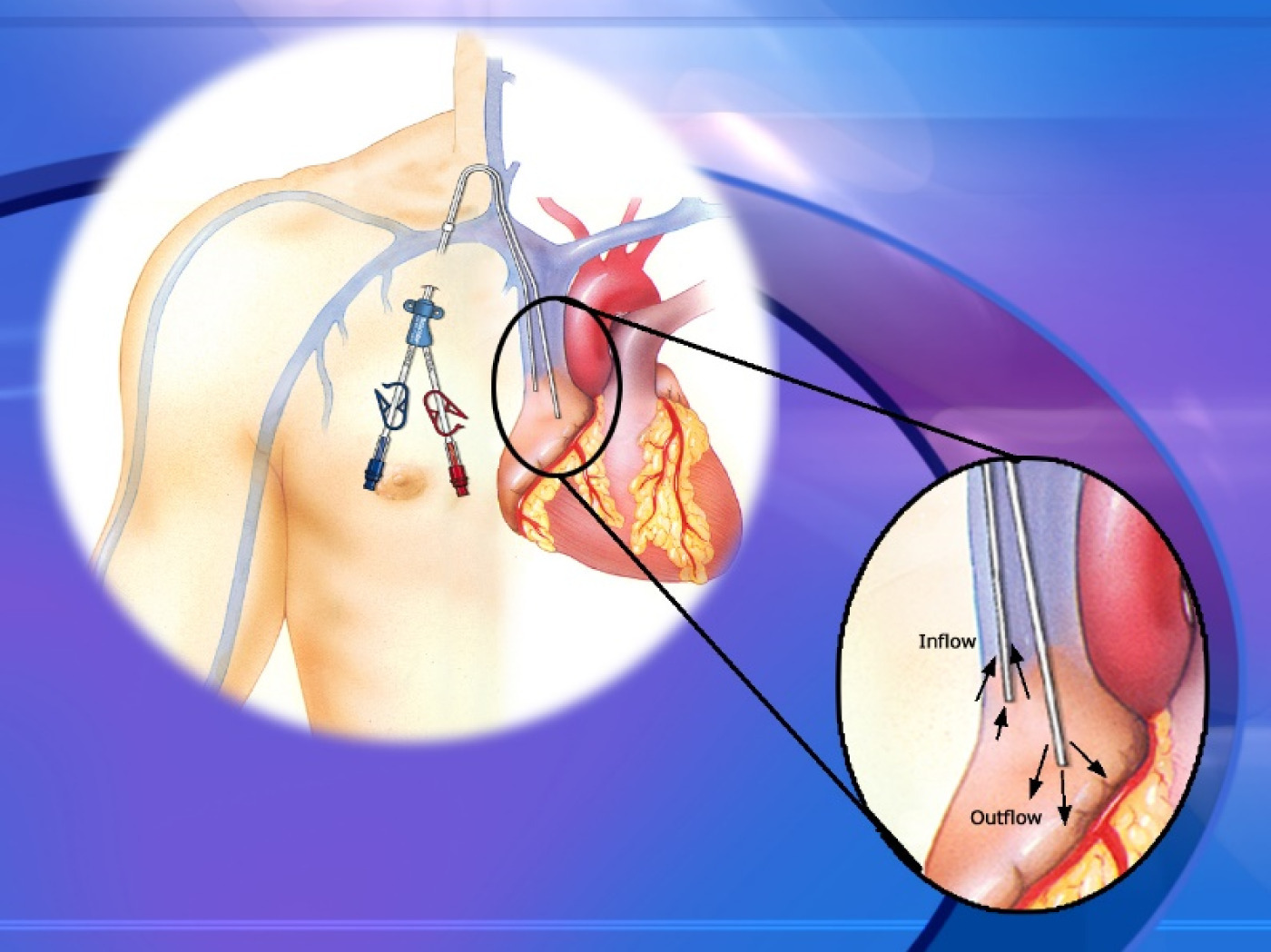“It is often said that necessity is the mother of invention. But no one asks, ‘so who is the father?’ Frustration is the father,” quips Stephen R. Ash, MD, FACP.
Frustration is what has driven Ash in the treatment of kidney and liver diseases. His life-long pursuit has been to make hemodialysis technology simpler, safer and more suited for use in the home.

Hemodialysis is a treatment to filter wastes and water from the blood, as kidneys do when they are healthy. In patients with end-stage kidney disease (ESKD), hemodialysis also helps control blood pressure and balance important minerals, such as potassium, sodium and calcium in the blood.
The first time Ash saw a hemodialysis machine in operation was as a medical student in 1970. He was amazed by how the machine replicated the human kidney. But his undergrad training in physics told him there had to be a simpler way.
Ash joined the Arnett Clinic (now IU Health Arnett) in 1975 after completing his internship, residency and fellowship at the Indiana School of Medicine.
Nephrology—the treatment of diseases and complications of the kidneys—was his specialty, and he implemented the first dialysis program in Lafayette. He also opened the Hemodialysis Laboratory within the newly formed Bioengineering department at Purdue University—searching for that simpler way.
“The tools, drugs or devices I use in my practice to treat patients often are not simple, safe or best for the patient, so I am going to look for a better solution,” shares Ash, who has developed many medical devices and therapies to combat catheter-related bloodstream infections.
For example, Ash’s hands-on experience showed him that the traditional dialysis catheter was not optimal, so his own solution–The Ash Split Cath™–which is now widely use due to improved reliability of blood flow, the design became widely popular.

In 1983, Ash developed a detoxification device—BioLogic-DT—for treating liver failure and drug overdose. Developed to make home hemodialysis easier to perform, the BioLogic-DT removed toxins from the blood and acted, in effect, as an artificial liver. It had applications to both reverse the symptoms of acute liver failure and to stabilize a patient until recovering liver function or receiving a liver transplant.
In 1995 the BioLogic-DT was approved by the Food and Drug Administration (FDA) as a treatment for drug overdose. It later was approved to treat patients with liver failure. The same year, Ash developed the BioLogic-HT system which was used to balance blood chemistry during whole-body hyperthermia treatment of patients with AIDS or advanced cancer.
“Looking back, I realize that most of the projects were started because of my frustration with dialysis as a therapy for ESKD and other conditions,” shares Ash. “Some projects started because we lacked any therapy for serious diseases, such as support of patients with liver failure. A great deal of thought and planning went into the decision to start each project, and a great deal of enthusiasm (and money) was invested in each one.”
Ash is a prolific inventor. His life-long pursuit for a better way led him to author of over thirty U.S. patents, over one hundred publications and 15 textbook chapters in the areas of hemodialysis, peritoneal dialysis, vascular access devices, extracorporeal medical devices, computerized medical charting and sorbent chemicals. He is co-founder of several biomedical device and drug companies including Ash Access Technology, HemoCleanse, Renal Solutions and ZSPharma.
Ash has been an adjunct associate professor of comparative medicine in the School of Veterinary Medicine at Purdue University and a clinical associate professor at the Indiana University School of Medicine.
Ash retired in July 2022, although he is often still seen at Arnett Hospital. He lives on a horse farm with his wife Marianne, a respected veterinary specialist in her own right. He often applies his natural instincts to solve problems to troubleshooting around the farm, such as GutterShed™, an invention that arose when his existing gutter covers simply weren’t working to his standards.
Ash’s lifelong focus has been on improving medical practice. His inventions have helped save and extend lives. His definition of success is when he sees a device or drug he helped to develop in widespread clinical use.
Want to read more about Ash’s life-long work?
- A lifelong quest to make home hemodialysis simple, safe and effective: A review of outcomes of 12 major projects: https://onlinelibrary.wiley.com/doi/full/10.1111/aor.14107
- Vascular disease management interviews with Stephen R. Ash, MD, FACP: https://www.hmpgloballearningnetwork.com/site/vdm/content/vascular-disease-management-interviews-stephen-r-ash-md-facp
- Predicting the progress of chronic kidney disease; combining eGFR and Proteinuria – http://slideplayer.com/slide/12113961/
Read more about the history of Arnett at https://iuhealth.org/thrive/celebrating-100-years-of-arnett
